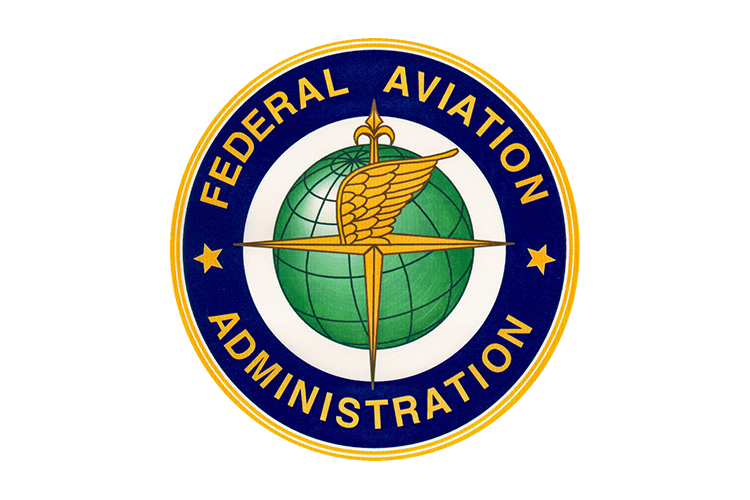Source: Drone Laws Blog Photo Credit: FAA
The FAA’s recent announcement of Part 107, the final rule for commercial small unmanned aircraft systems (SUAS or drones), has justifiably received a lot of publicity and general praise. There has been little comment on what the rule does, or rather does not do, on the issue of federal preemption of state and local drone regulations.
Federal preemption is what’s referred to in political circles as a “third rail” issue. Like the electrified third rail on a subway system, you don’t touch it unless you absolutely have to, and it can shock and hurt whatever or whoever touches it. For that reason, it was not surprising that the FAA’s 2015 SUAS NPRM did not mention preemption. Nonetheless, during the rulemaking proceeding the FAA received a number of comments on federal preemption. Most contended that without a preemption provision, state and local governments would continue to attempt to regulate small UAS operations, resulting in potentially conflicting rules and hampering the industry’s development. They argued that conflicting rules lead to confusion and litigation costs, burden commercial and hobbyist UAS users, and delay the adoption of UAS technology. Under the federal Administrative Procedure Act, the FAA had a duty to review the preemption comments and make at least some response showing that it had considered the arguments made by commenters. Continue reading the preemption issue in Part 107…

